The Right Plant for the Right Place
Driving around the Austin area you see a lot of trees suffering winter storm damage from the February 2021 freeze. And while arborists have been busy cutting down trees, I have a great success story to share.
In September of 2020, a Wax Myrtle across from my front door died inexplicably. I didn’t want such a prominent spot to be empty for long, so set to selecting a replacement.
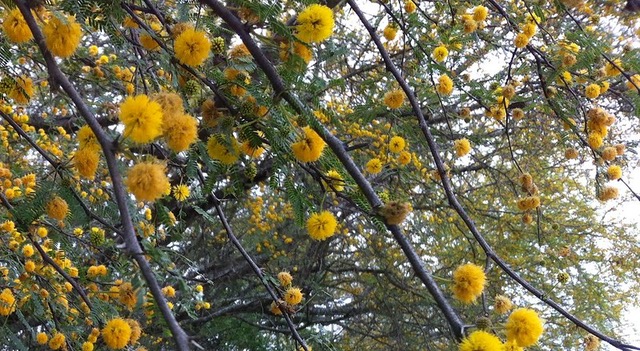
Fig 1. Huisache has very fragrant fluffy yellow blossoms in spring
I wanted something showy, since it sits directly across from the front door, and that can take full sun. I also required an upright habit so as not to infringe on the driveway. I did not need it to block the neighbor because it sits in front of decorative fencing, so it could be medium height. My other requirements were that it should be native, require low water, and be limestone tolerant.
After some research, I selected the Huisache (pronounced “wee·saa·chee”) tree [Fig 1]. The other common name for Acacia farnesiana is Sweet Acacia. It is similar in appearance to a Mesquite, but lighter and airier with oodles of fragrant, fluffy balls in the spring.
And Then February Arrived…
I planted a beautiful specimen seven feet tall by three feet wide in mid-October, looking forward to spring blooms. Four months later, the fledgling was bent in half touching the ground, weighted down with ice and snow. [Fig 2]
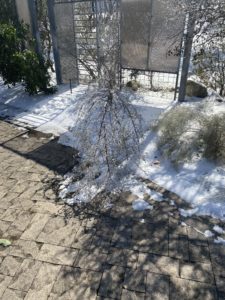 Fig 2. New tree pulled to the ground due to weight. |
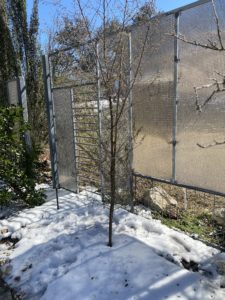 Fig 3. Damaged tree tied to the fence to keep upright. |
I was horrified. Surely, the Huisache had not had sufficient time to establish a root system strong enough to withstand such an assault. Not ready to give up, I used a hair dryer to melt the ice, stood it up straight, and lashed it to the fence to keep it upright. [Fig 3]
When Do You Give Up?
Then I not-so-patiently waited for spring. It was easy tracking its progress since I saw it every time I walked out my front door. By mid-April, not a single leaf had returned. Only a few shoots were coming from the bottom. I thought the tree was essentially dead. [Fig 4]
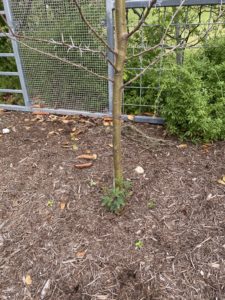 Fig 4. Tree appears dead but green shoots emerge at the ground. |
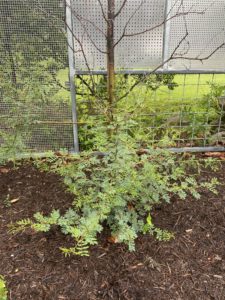 Fig 5. The main trunk still bare but shoots are growing well. |
But, I followed the Texas A&M Forest Service‘s advice and left it in place to see what would happen. That advice saved my tree.
By mid-May, the new growth from the bottom was prolific, two feet tall and just as wide. Alas, the main trunk still had no leaves, and no promise for them. So, I cut it down to three feet, and let all the new, thin trunks grow in every direction. [Fig 5]
Freeze? What Freeze?
Miraculously, when September rolled around, the tree had been restored to it’s original seven feet height and it was wider at five feet. [Fig 6]
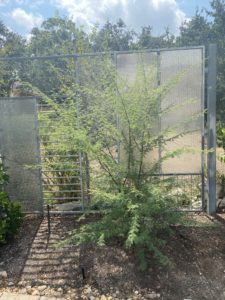
Fig 6. Huisache will be pruned to shape as it continues to grow
Yes, the shape changed a bit from the winter storm damage. I now have multiple trunks that I will selectively prune for shape as the tree continues to grow. And, it’s still a little thin on top. However, I no longer grimace every time I reach my front door. Instead, I smile anticipating all those perfumed little yellow clouds this spring. What a wonderful tree! Wonderful Huisache!
Additional Resources
Kirk is participating in the 2021 Winter Storm Project. Other Posts on this topic:
Weather Strategies for Austin Gardens
Native and Adapted Landscape Plants searchable database
Climate Graph for Austin Bergstrom
About Kirk Walden

Kirk is a hands-on experiential gardener. While he appreciates the cerebral aspects of gardening, he revels in the visceral experience of digging in the dirt. When he moved to Austin in 1998, the home had virtually no landscaping, mostly just limestone and cedars. His determination to beautify it led to an avocation as a serious gardener that culminated in Travis County Master Gardener Certification in 2014.

